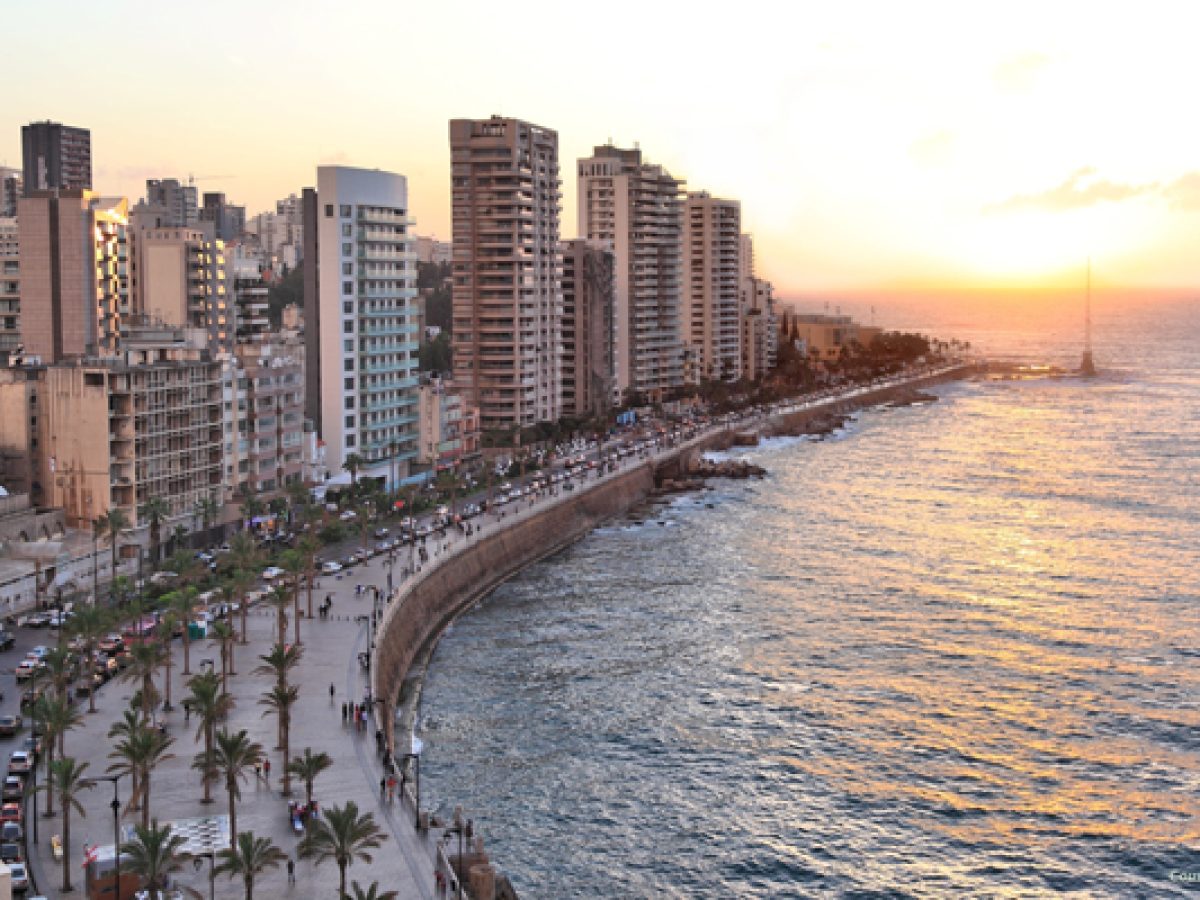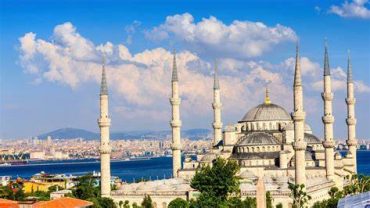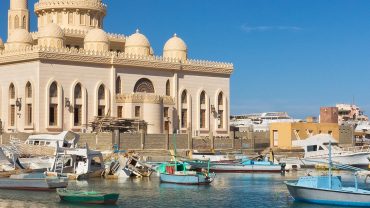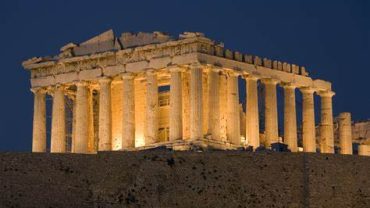Beirut; Top 5 Archaeological Sites in Beirut
Beirut; one of the most important Arab capitals and Middle Eastern cities, its history spans thousands of years making it a center of touristic, artistic, cultural, and economic attraction, and a reflection of the diversity of the Lebanese society. In this article, we will showcase the most beautiful touristic and archaeological places in Beirut, and we will learn about the origin of the word Beirut and answer the question: Why is Beirut named as such?
Location and Climate:
Beirut is located in the middle of the Lebanese coastal line on the eastern Mediterranean Sea between the Ashrafieh hill to the east, and the Msaytbeh to the west. The city is characterized by its semi-tropical climate; hot and humid in summer, mild and rainy in winter.
History of Beirut:
Beirut is one of the oldest cities on the eastern Mediterranean coast, dating back more than 5,000 years, upon which several civilizations have risen, such as the Phoenician, Roman, Ottoman, and Arab civilizations. Some historians suggest that the origin of the word Beirut is Aramaic meaning “pine,” and others suggest that its name is of Hebrew origin meaning “well,” coined for the abundance of water in it.
Top 5 Archaeological Sites in Beirut:
Beirut is famous for its archaeological landmarks that reflect its long history; each civilization that followed one another in Beirut left its cultural and architectural stamp, making Beirut a distinctive destination for archaeology enthusiasts. The most important archaeological landmarks in Beirut include:
- Jeita Grotto: One of the most beautiful caves in Lebanon and the world formed by water and rock reactions and composed of a series of narrow passageways and large halls, making it a natural masterpiece and a destination for lovers of rare beauty.
- Roman Baths: Consisting of 3 adjacent baths located in the center of the capital Beirut, these were used in ancient times as a place for public gatherings aside from bathing. These baths are considered among the oldest Lebanese ruins, but their discovery dates back to 1968.
- National Museum of Lebanon: The most important museum in Lebanon contains a large collection of archaeological finds from different eras that have passed through the region; the museum was founded in 1942 and attracts archeology enthusiasts from around the world.
- Al-Omari Grand Mosque: Distinguished by its exquisite design, thick walls, and decorated columns with Roman crowns, it was previously a Crusader church dating back to 1110 AD.
- Saint George Greek Orthodox Church: The church was built in the seventeenth century; it is distinguished by its wonderful design and stunning mural paintings.
Fun and Entertainment:
If you prefer fun and entertainment, you will find many recreational places in Beirut to engage in enjoyable activities such as:
- Downtown Beirut: This area brings together many cafes, restaurants, and shops, and hosts many open-air music concerts.
- Zaitunay Bay: Situated around Beirut’s marina, it includes Beirut Yacht Club, which makes it one of the most famous tourist attractions in the city.
- Waves Aqua Park: It is a water park and one of the most famous parks in Beirut and the Middle East, located on a pine-covered hill with views of the sea and the city.
- Raouche: A famous residential and commercial district known for its shops and upscale residential buildings.
- Hamra Street: One of the most famous streets in the capital Beirut, despite the vitality of this street, you will be amazed by the beauty of its alleys and historical buildings.
Traditional Food in Beirut:
The Lebanese cuisine is one of the most famous cuisines in the Arab world, combining Western elegance with authentic Eastern flavors, reflecting the beauty of the country and the generosity of its inhabitants.
There are many delicious foods and dishes that you must try when you visit Beirut, including:
- Tabbouleh: A type of salad consisting of parsley, tomatoes, mint, and olive oil.
- Hummus: Mainly composed of boiled chickpeas and olive oil, with other nutritious ingredients.
- Kibbeh: One of the most famous traditional foods in Lebanon, served in various ways and prepared from bulgur, meat, and some other ingredients.
You can also try delicious fish and grilled dishes in Beirut.
Hotels in Beirut:
You can find many hotels in Beirut to suit your budget and meet your needs, in addition to luxurious hotels that offer you a comfortable stay such as:
- Four Seasons Beirut: Known for its elegant design and excellent services.
- Le Gray: It is one of the best luxury destinations in the city, offering breathtaking views and unmatched services.
- InterContinental Phoenicia Beirut: Distinguished by its central location and luxurious amenities, making it a great choice for travelers who want to explore the city and enjoy a comfortable stay.
Do not hesitate to visit the vibrant heart of Lebanon, and enjoy a delightful tourist experience.




Comment (0)